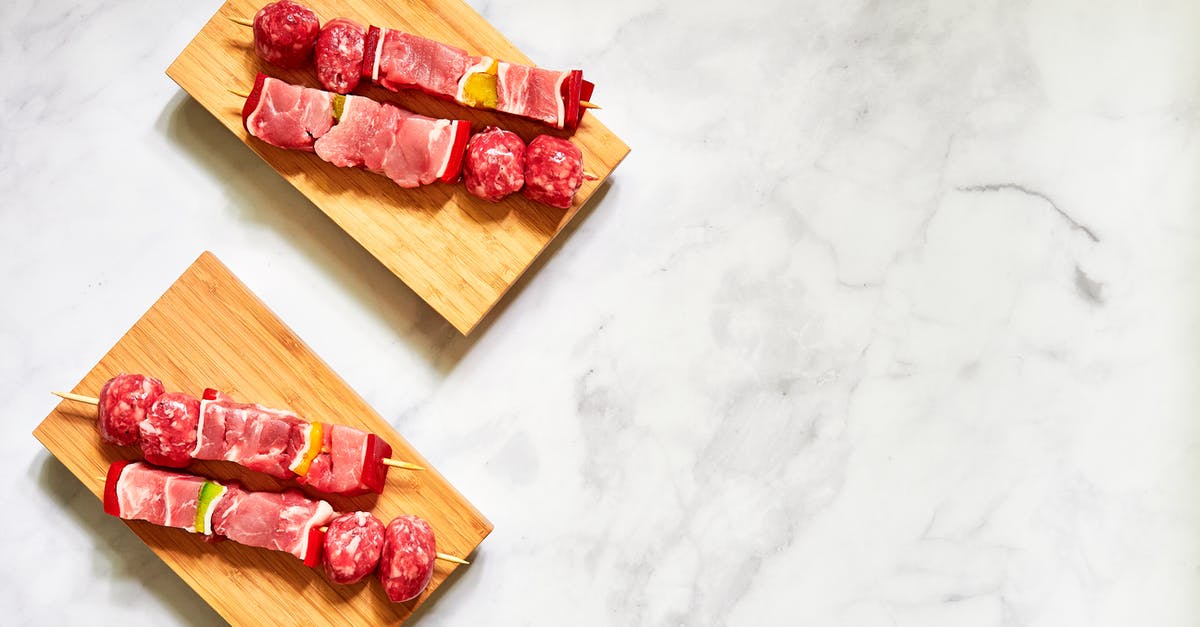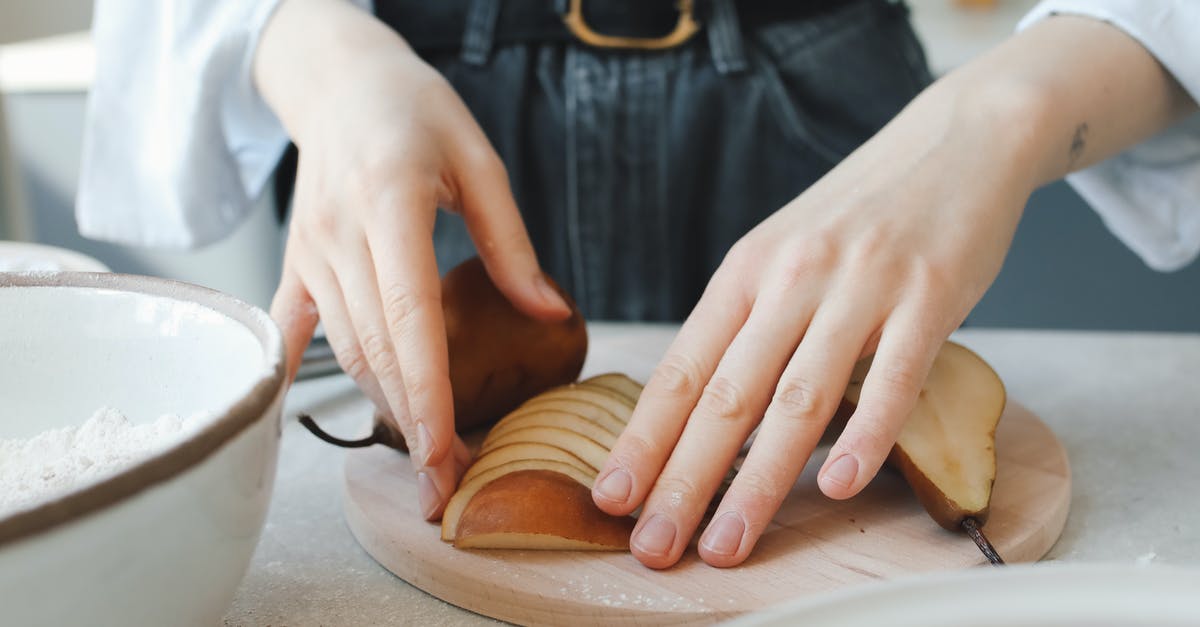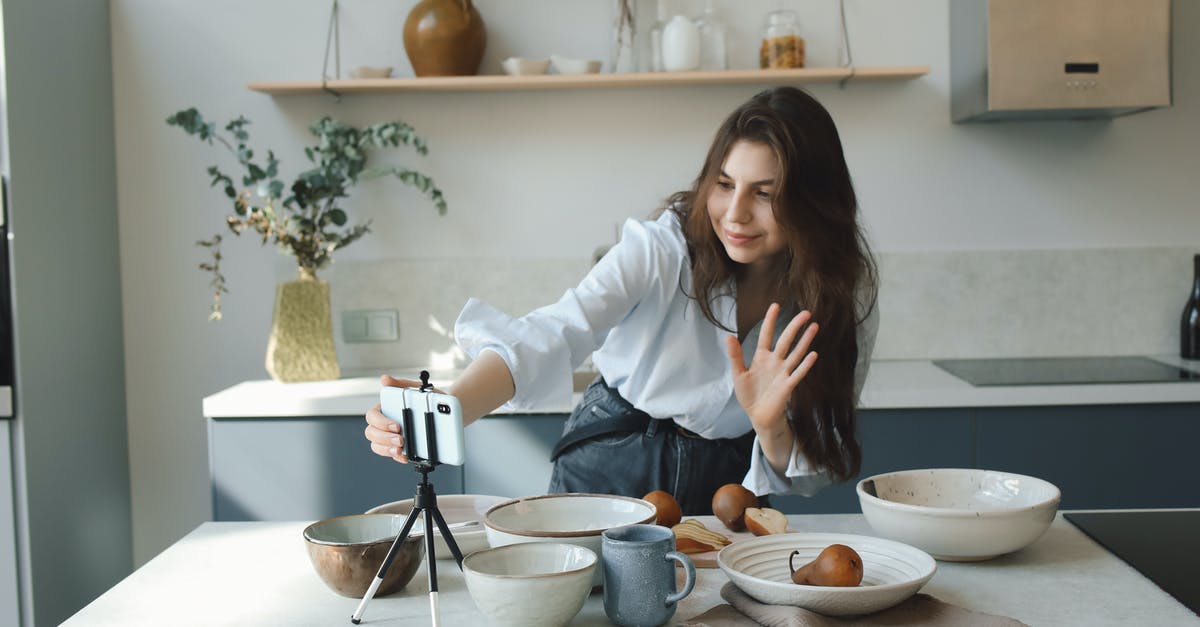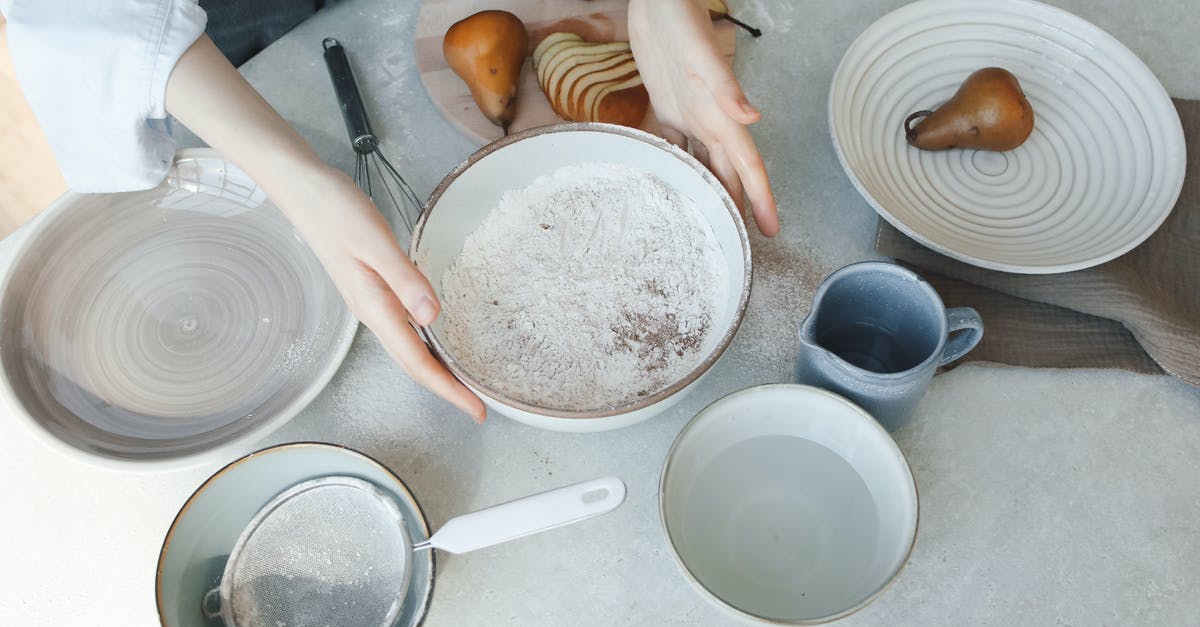Adjusting Cooking For Smaller Portions

I am going to University in the fall. I love to cook and bake but since I will be myself, I cannot cook the regular portions I had before. Is there a way that I can figure out the correct cooking time and temp for a recipe that I have halved? I use many kinds of meat and veggies in most any kind of cooking style (crockpot, stove, oven, etc.).
Best Answer
It is difficult to offer a general answer applicable to all recipes and all cooking methods.
In almost all situation, there is no need to change temperature (I cannot think of any exceptions off the top of my head, but I am sure others will think of a few).
The most obvious effect portion size has on cooking time is the time needed to take the food from starting temperatures (say from freezer or fridge or room temperature) to cooking temperatures. Once the food is reaches cooking temperature and if there is a need to cook it further by holding it at that temperature for a certain amount of time (for example a casserole has holding time requirement, but a piece of steak does not), this time should not change regardless of portion size.
For the same stove or oven and at the same setting, half the amount of food by weight will take half the energy to raise it to cooking temperature, a linear relationship. However, the transfer of heat into the food is strongly influenced by the shape of the food, surface area and thickness. This affects the time it takes to raise the food's temperature. This is where "it depends" matters. If you are comparing a small chicken to a large chicken, then size difference is usually accompanied by change in surface area and thickness. A 1kg chicken will take more than twice the time than a 0.5kg chicken. However, if you are cooking one piece of chicken breast instead of two pieces of the same, the heating time will be halved.
If you are making two trays of pasta bake, then cooking just one of the two trays will take half the heating time and unchanged holding time. However, if you are going from one big tray to one small tray with half the quantity, the change in geometry (thickness and surface area) will mean that heating time change is no longer a straight forward linear decrease.
In practice, doing a heat calculation will only give you a very rough idea so that you know where to aim, but you will need to test it and get an empirical relationship.
Edit: There is one more caveat. Imagine frying a piece of chicken breast in an open pan. You will likely find that adding another piece (or more) does not change cooking time noticeably. They probably all cook to the same doneness in the same duration. That happens because with a single piece, especially in a large pan, there is considerable "wasted heat". Your stove is likely putting out far more heat than there is food too cook most of the time and you end up heating up of kitchen air.
Pictures about "Adjusting Cooking For Smaller Portions"



When cut a recipe in half does the cooking time change?
TEMPERATURE: Use the original temperature recommended in the recipe. TIME: Cooking time will not be exactly half the time listed in the recipe. It is usually more than half. Example: If the original recipe says to bake for one hour, the actual cooking time for the smaller recipe might be around 40 to 45 minutes.Does baking time change with quantity?
Again, the bake time will not change significantly. However, if you double the amount of a lasagna recipe, but only use as lightly larger casserole, the 2nd lasagna will be much thicker. It will require more time to bake through.Can all recipes be scaled up or down?
Some recipes are easy to scale up or down. You simply multiply or divide the ingredients to get the new yield; for example, doubling everything to get twice as many servings, or halving everything to get half as many. But not every recipe is so straightforward, and there are some considerations to keep in mind.How do you adjust cooking?
How to adjust cooking times for different temperatures.How To Portion Out Your Recipes and Create Serving Sizes
More answers regarding adjusting Cooking For Smaller Portions
Answer 2
Another suggestion that may solve the underlying issue (making too much for one person): If you will have access to a freezer, you can make your dishes the usual size and freeze the leftovers in portions suitable for one or two meals. Then when you don't have the time or inclination to cook a full meal (which will happen often at Uni!) you can simply defrost and reheat a portion made previously.
I used to make large portions of something --often in a crockpot-- and freeze the leftovers in individual bags or plastic containers. I still find the "make a whole batch and freeze extras" method a great solution for baked goods especially, since it lets me have just the one cookie without having to make and bake an entire batch every time.
Answer 3
The crock pot should be forgiving enough that after the same amount of time it will be good (assuming you don't start counting the time from cold ingredients; I always get it hot to start with after browning meat/veg and adding hot stock). If it comes out a little overdone the first time you can knock a little time off. You may find that on high it browns a bit more on top if there's less in there (this isn't normal browning, it's too cool).
Similarly cooking on top of the stove often calls for "bring to the boil then simmer for x minutes". The first part will be quicker, the second unchanged. Other dishes are cooked until they look done.
Answer 4
There is a very useful book for helping you learn to scale recipes,
Ratio: The Simple Codes Behind the Craft of Everyday Cooking.
It breaks down various recipe 'types' and teaches how you might tweak a recipe to scale it up or down. In addition to helping you with the present question it will further your general skills in the kitchen.
Sources: Stack Exchange - This article follows the attribution requirements of Stack Exchange and is licensed under CC BY-SA 3.0.
Images: Pixelme Stock Photography, Polina Tankilevitch, Polina Tankilevitch, Polina Tankilevitch
